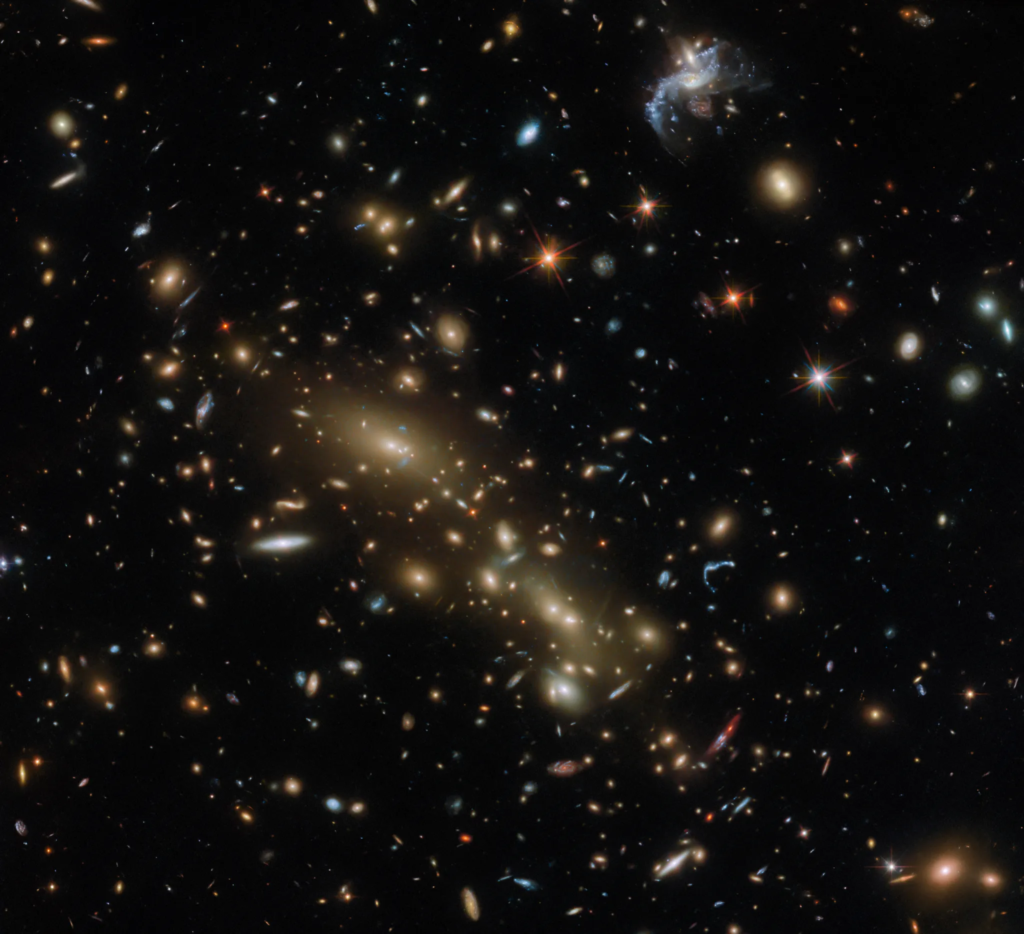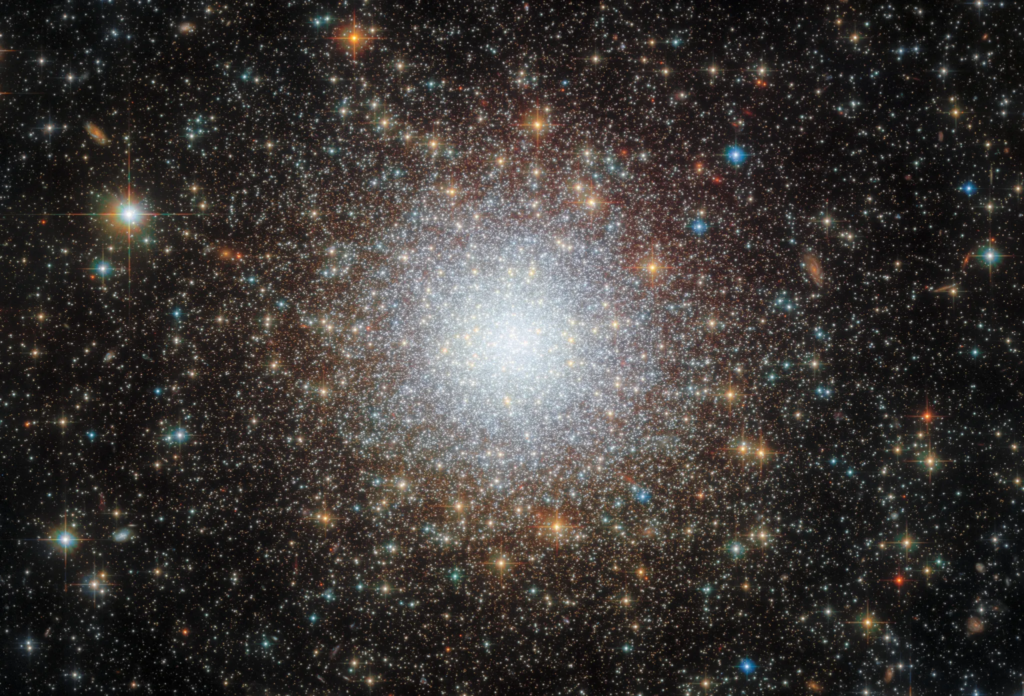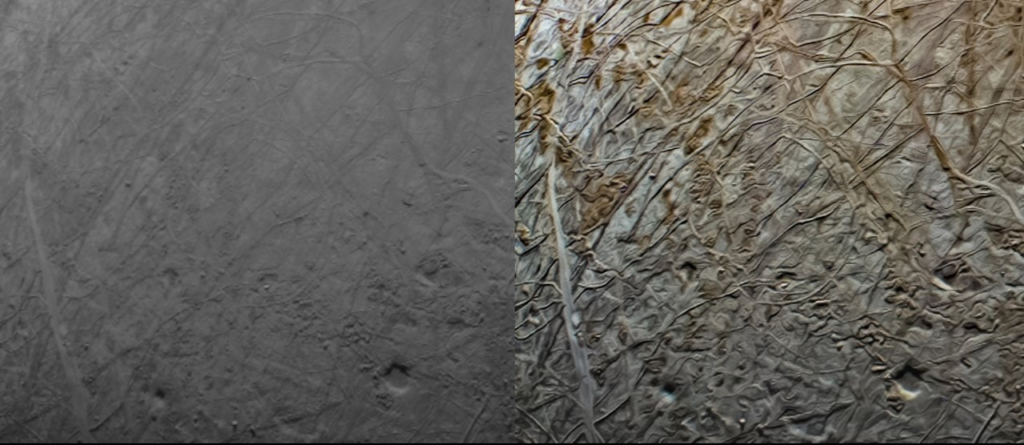Beyond what was thought Possible: New data from Webb unearths a mysterious early galaxy
Our understanding of how galaxies form and the nature of dark matter could be upside down thanks to observations of a stellar population bigger than the Milky Way from more than 11 billion- years ago that should not exist. A study published today in Nature using new data from the James Webb Space Telescope discovers […]
Beyond what was thought Possible: New data from Webb unearths a mysterious early galaxy Read More »










